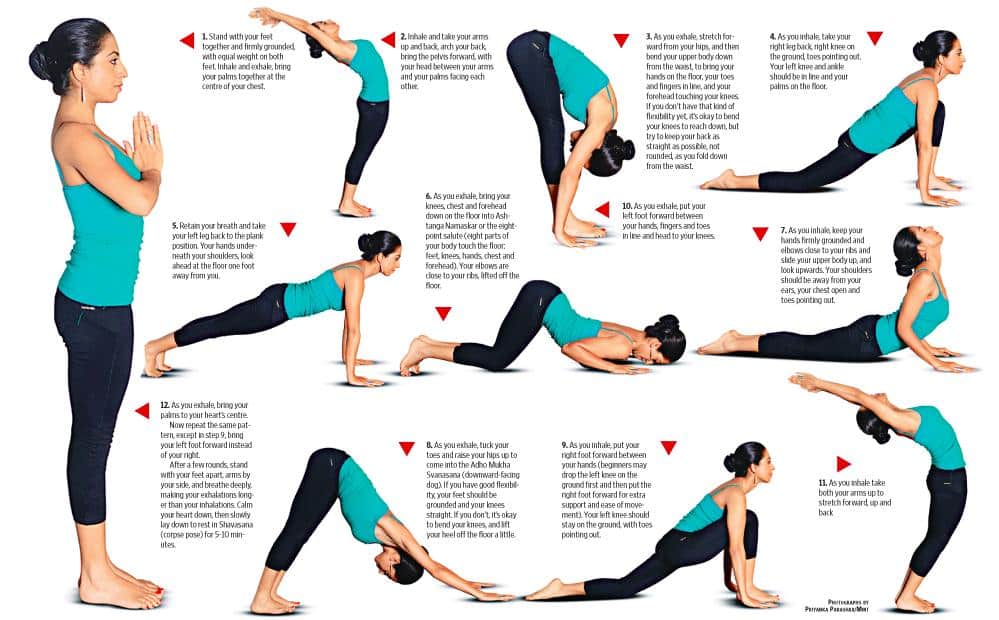Introduction
Nestled in the lap of the Himalayas, Nepal is not only a haven for trekkers and mountaineers but also a paradise for adventure seekers. Beyond its awe-inspiring landscapes and rich cultural heritage, Nepal offers an adrenaline-fueled escape with a plethora of thrilling adventure sports. From heart-pounding bungee jumping to exhilarating zip-lining, let's explore some of Nepal's top adventure sports that promise an unforgettable experience for the adventurous at heart.
1. Bungee Jumping: Defying Gravity in the Himalayan Foothills
Imagine standing on a suspension bridge, overlooking a deep gorge, and taking a leap into the void. Bungee jumping in Nepal offers exactly that heart-stopping experience. The country boasts one of the world's highest bungee jumps, the 160-meter freefall from the Bhote Koshi River Bridge. The adrenaline rush and breathtaking scenery make this adventure a bucket-list item for thrill-seekers.
2. Paragliding: Soaring with the Eagles
For those seeking a bird's-eye view of Nepal's spectacular landscapes, paragliding is the way to go. The Pokhara Valley, with its pristine lakes and stunning mountain vistas, provides an ideal setting for paragliding enthusiasts. Soar high above the Annapurna range and Phewa Lake, feeling the wind beneath your wings as you embrace the ultimate sense of freedom.
3. White Water Rafting: Conquering the Rapids
Nepal's numerous rivers offer the perfect playground for white water rafting. Brace yourself for an adrenaline-pumping ride as you navigate through raging rapids and swirling currents. Trishuli River, Seti River, and Bhote Koshi River are popular rafting destinations, catering to both beginners and experienced rafters.
4. Mountain Biking: On Two Wheels through Stunning Trails
For mountain biking enthusiasts, Nepal presents a diverse range of trails with varying difficulty levels. Traverse through lush forests, quaint villages, and challenging terrains while enjoying the breathtaking views of the Himalayan peaks. The Mustang region and the Annapurna Circuit are among the most sought-after biking destinations.
5. Zip-lining: A Thrilling Flight amidst Scenic Beauty
Get ready to feel like a superhero as you zip across the lush valleys and deep gorges of Nepal. The zip-lining adventure in Sarangkot near Pokhara takes you on a gravity-defying ride at an exhilarating speed. The combination of thrilling action and awe-inspiring scenery creates an experience like no other.
6. Rock Climbing: Scaling the Heights
Nepal's rocky cliffs and natural crags offer an excellent playground for rock climbing enthusiasts. With options for climbers of all skill levels, from beginners to seasoned professionals, places like Nagarjun Forest and Hattiban are known for their challenging routes and stunning surroundings.
Conclusion
Nepal's adventure sports scene offers an electrifying array of experiences that cater to the daredevil in you. From the adrenaline rush of bungee jumping to the tranquility of paragliding high above the Himalayas, each adventure promises to leave you with unforgettable memories. The diverse landscapes of Nepal provide the perfect backdrop for these thrilling escapades, making it a dream destination for adventure seekers from around the world. So, if you are seeking an unforgettable rush of excitement amidst nature's grandeur, look no further than Nepal, where adventure awaits at every turn.































